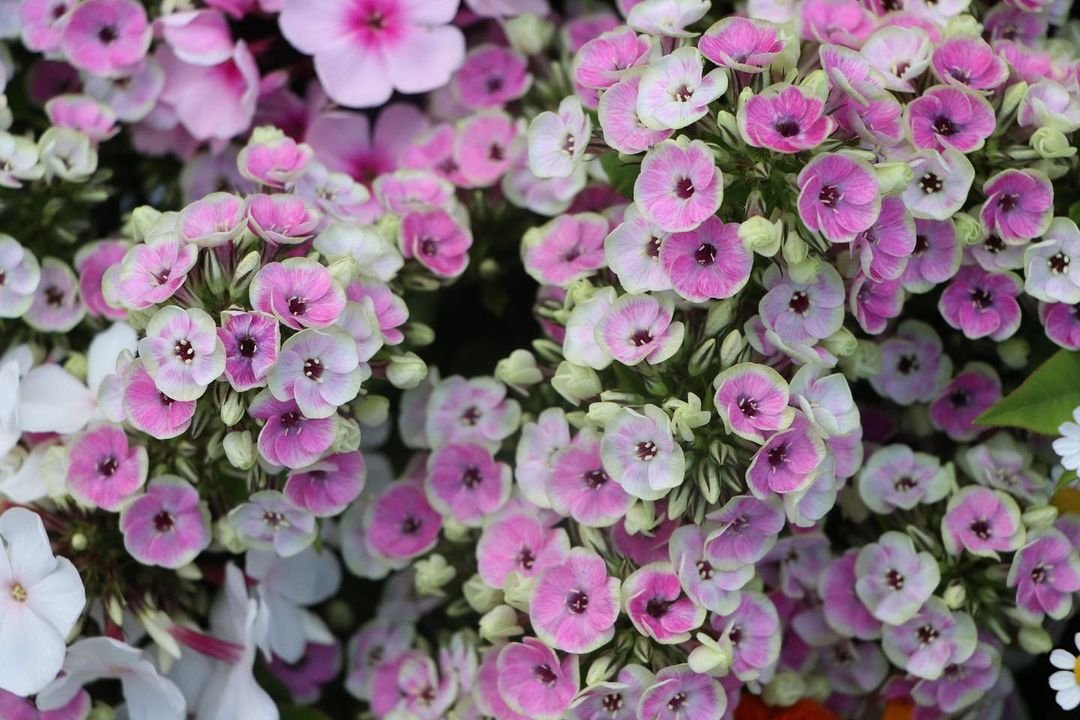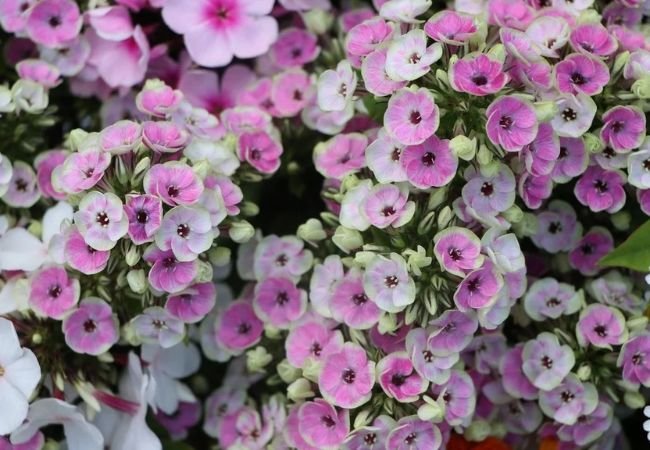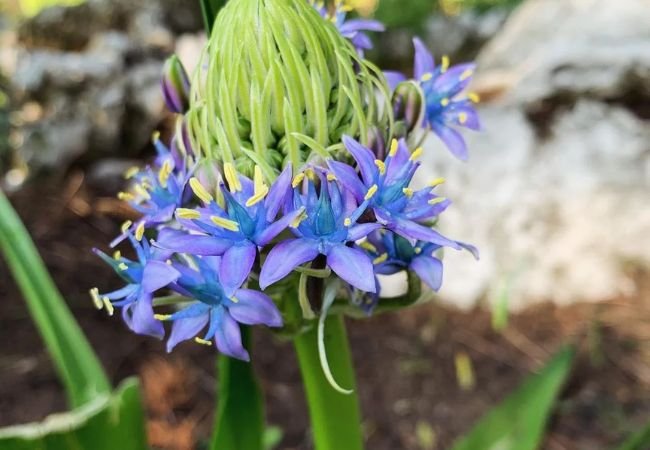Discover the beauty and versatility of Phlox Flowers. Learn how to grow these low-maintenance perennials that brighten gardens with vibrant blooms. Perfect for both novice and experienced gardeners!
Phlox flowers are garden favorites known for their colorful blooms and sweet fragrance. These easy-to-grow plants can add charm to any garden. In this article, we’ll explore everything you need to know about Phlox flowers and why they might be perfect for your garden.
Here’s a detailed chart for Phlox flowers:
| Category | Information |
|---|---|
| Botanical name | Phlox spp. |
| Common name | Phlox |
| Plant type | Perennial or annual |
| Hardiness zone | Zones 3-9 (varies by species) |
| Sun exposure | Full sun to part shade |
| Soil type | Well-drained, fertile soil |
| Watering | Regular watering, keep soil moist |
| Growth habit | Upright, spreading, or mat-forming |
| Height/Spread | 6 inches to 5 feet tall, 1-3 feet wide (varies by species) |
| Special features | Fragrant, star-shaped flowers in a wide range of colors including pink, red, white, purple, and blue; attracts pollinators; long blooming season |
What are Phlox Flowers?

Phlox are flowering plants native to North America. They come in many varieties, from low-growing ground covers to tall garden plants. Phlox belong to the family Polemoniaceae and offer a range of colors, including pink, purple, red and white.
Popular Types of Phlox
- Garden Phlox (Phlox paniculata) Tall plants with large flower clusters, perfect for back of borders.
- Creeping Phlox (Phlox subulata) Low-growing variety that forms a colorful carpet in spring.
- Woodland Phlox (Phlox divaricata) Native wildflower that thrives in shady areas.
Benefits of Growing Phlox
- Attracts pollinators Phlox flowers are loved by butterflies, bees and hummingbirds.
- Long blooming season With proper care, Phlox can bloom from spring to fall.
- Versatile in the garden Phlox can be used in borders, rock gardens and as ground covers.
- Low maintenance Once established, Phlox are relatively easy to care for.
How to Grow Phlox
Growing Phlox is straightforward. Here’s what you need to know:
- When to plant Plant Phlox in spring or fall, depending on your climate.
- Where to plant Most Phlox prefer full sun to partial shade. Ensure good air circulation to prevent mildew.
- Soil requirements Phlox thrive in well-draining, fertile soil. Learn more about soil preparation from the University of Minnesota Extension.
- Planting Space plants according to their mature size. Water thoroughly after planting.
- Care Water regularly, especially during dry spells. Deadhead spent blooms to encourage more flowers.
Phlox in Different Garden Styles
Phlox are versatile and can fit into various garden styles:
- Cottage gardens Phlox add a romantic touch to informal cottage-style gardens.
- Native plant gardens As North American natives, Phlox are perfect for natural landscapes.
- Rock gardens Low-growing Phlox varieties work well in rock garden settings.
Dealing with Common Phlox Problems
Like all plants, Phlox can face some challenges:
- Powdery mildew Improve air circulation and choose mildew-resistant varieties. Learn more from the Missouri Botanical Garden.
- Spider mites Keep plants well-watered and use insecticidal soap if needed.
Phlox flowers are wonderful additions to any garden. They’re easy to grow, attract beneficial insects and provide long-lasting color. Whether you’re a beginner or an experienced gardener, Phlox can bring beauty and charm to your outdoor space.
For more gardening tips and plant information, visit the National Gardening Association.
For more gardening tips and plant care guides, visit usagardenhub.com.






One comment on “Phlox : Colorful Garden Stars”